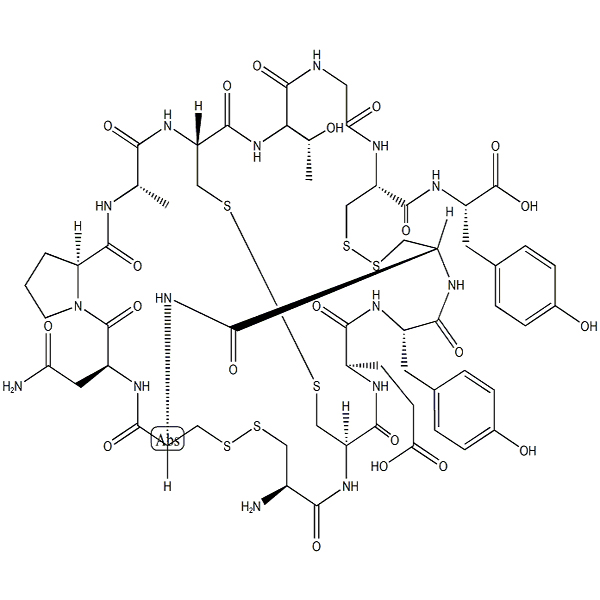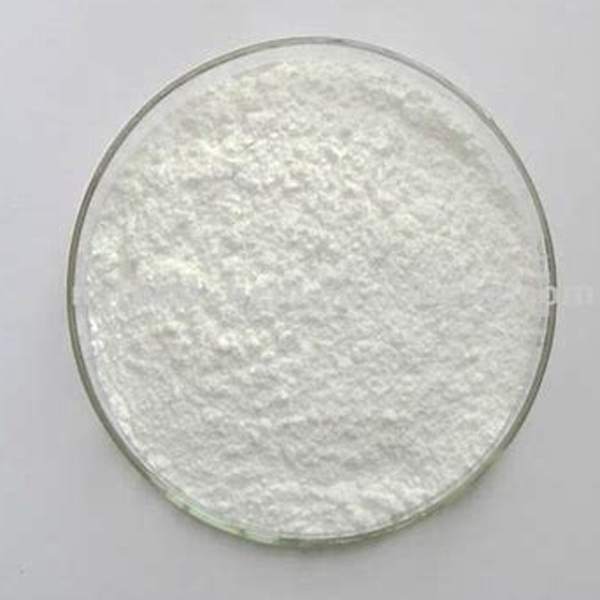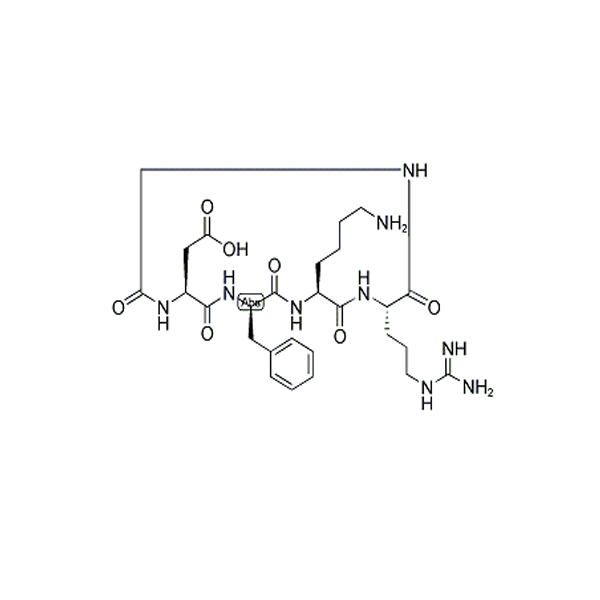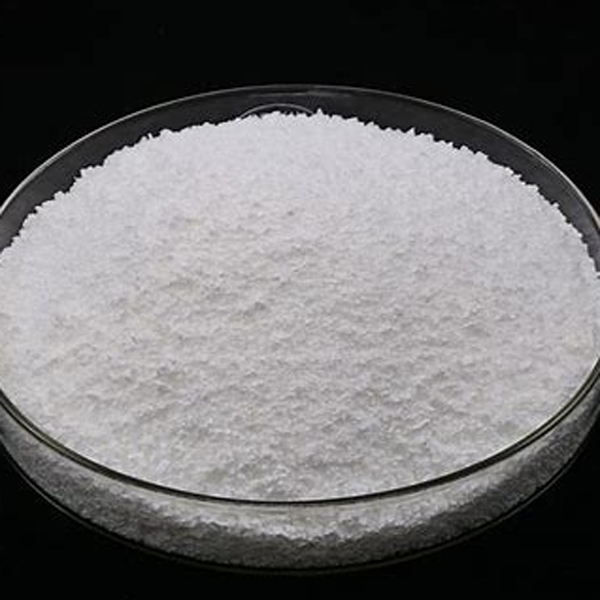BRP peptide/GT Peptide/Peptide analysis
BRP Peptide is a peptide that has shown promise in reducing food intake and promoting weight loss, potentially offering an alternative to existing treatments for obesity. It works by activating specific pathways in the brain, particularly in the hypothalamus, that regulate appetite, and does so independently of some of the pathways targeted by other anti-obesity drugs.
Specifications
Apperance: White to off-white powder
Purity(HPLC): ≥98.0%
Single Impurity: ≤2.0%
Acetate Content(HPLC): 5.0%~12.0%
Water Content (Karl Fischer): ≤10.0%
Peptide Content: ≥80.0%
Packing and Shipping: Low temperature, vacuum packing, accurate to mg as required.
FAQ:
What length of peptide is appropriate?
Peptide synthesis needs to consider factors such as the length, charge, and hydrophilicity of the peptide. The longer the length, the purity and yield of the crude synthetic product decrease, and the difficulty of purification and the chance of non-synthesis will be greater. Of course, the sequence of the functional region of the polypeptide cannot be changed, but for the smooth synthesis of the polypeptide, sometimes some auxiliary amino acids have to be added to the upstream and downstream of the functional take to improve the solubility and hydrophilicity of the polypeptide. If the polypeptide is too short, there may also be problems with synthesis, the main problem is that the synthetic polypeptide has a certain difficulty in the post-processing process, and the polypeptide below 5 peptides generally has hydrophobic amino acids, otherwise the post-processing is more difficult. Peptides below 15 amino acid residues generally have satisfactory yields and yields.
What are peptides?
Peptides are short chain molecules formed by amino acids linked together by peptide bonds. They typically consist of 2 to 70 amino acids.
What are the uses of peptides?
Peptides have a wide range of applications in the biomedical field, including:
Drug development: Peptides can be used as lead compounds for drugs or directly as drugs themselves.
Vaccines: Peptides can be used as antigens for vaccine preparation.
Biomaterials: Peptides can be used to construct biomaterials, such as scaffolds for tissue engineering.
Diagnostic reagents: Peptides can be used in the development of diagnostic reagents, such as those for detecting disease-related proteins.
Cosmetics: Certain peptides have moisturizing, anti-aging, and whitening effects and can be added to cosmetics.
Were the peptides containing Cys reduced before shipment?
If the peptide is not found to have been oxidized, we generally do not reduce Cys. All polypeptides are obtained from crude products purified and lyophilized under pH2 conditions, which at least to some extent prevent the oxidation of Cys. Peptides containing Cys are purified at pH2 unless there is a specific reason to purify at pH6.8. If purification is performed at pH6.8, the purified product must be treated with acid immediately to prevent oxidation. In the final quality control step, for the peptides containing Cys, if the presence of molecular weight (2P+H) substance is found on the MS map, it indicates that a dimer has been formed. If there is no problem with MS and HPLC, we will directly lyophilize and ship the goods without any further processing. It should be noted that peptides containing Cys undergo slow oxidation over time, and the degree of oxidation depends on peptide sequence and storage conditions.
What is the role of peptides in skincare products?
Peptides have various functions in skincare products, including:
Moisturizing: Peptides can help the skin retain moisture and increase skin hydration.
Anti-aging: Peptides can stimulate collagen production, reduce wrinkles, and improve skin elasticity.
Whitening: Some peptides can inhibit melanin production and lighten spots.
Repair: Peptides can promote cell metabolism and help repair damaged skin.

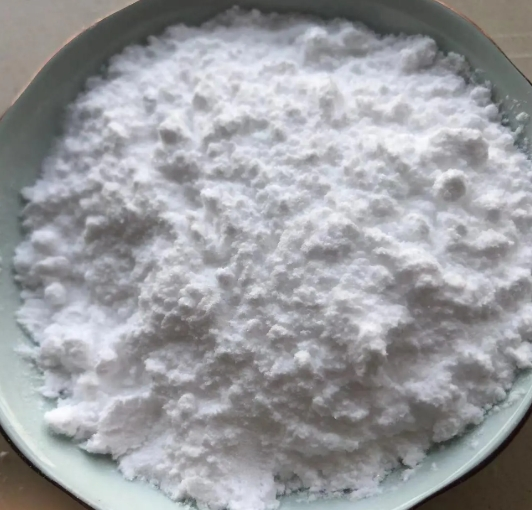
![E-[c(RGDfK)2]/GT Peptide/Peptide Supplier](https://www.gtpeptide.com/uploadfile/202506/56149588f73c9ed.jpg)
